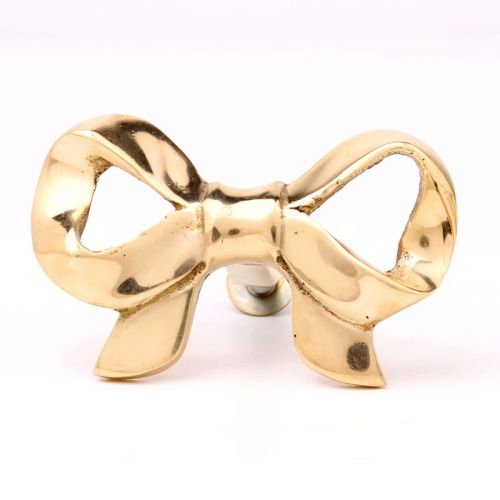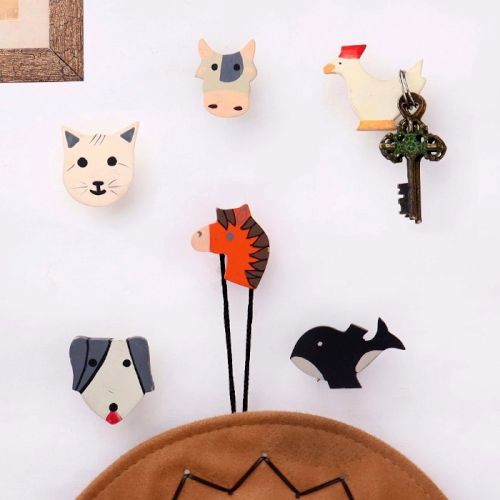Vintage Tea Pot for Amping up Your Home Decor and Style Quotient
A vintage tea pot is a narrative steeped in time. It carries stories of old-world charm, gentle rituals, and the everyday elegance of eras gone by. Typically, a tea pot is considered vintage if it's at least 20–30 years old and reflects the craftsmanship, aesthetics, and culture of its time. These tea pots originated across various regions—England’s fine bone china, Japan’s cast iron tetsubin, and India’s brass and copper varieties are just a few examples. Each origin brings with it a different texture, function, and feel. In a world leaning toward automation, vintage tea pots bring us back to tactile grace—a slower, more intentional form of living, where making tea wasn’t just a task, but a treasured moment of pause.
How Is A Vintage Tea Pot Different From Modern Or Contemporary Tea Ware?
Vintage tea pots speak the language of permanence. While modern tea ware is often designed for convenience, efficiency, and minimal aesthetics, vintage tea pots hold space for storytelling. They are often handcrafted, decorated with elaborate motifs, and made from materials that age beautifully. A modern tea pot might be lightweight, microwave-safe, and functionally neat, but a vintage one carries weight—both literally and metaphorically. It might have a bit of wear, a chip, or a patina, but that’s what gives it soul. It’s a reminder that beauty doesn’t always lie in perfection but in continuity—of touch, memory, and use. With their detailed spouts, sturdy handles, and ornate lids, vintage tea pots serve not just tea but also a sense of nostalgia and ceremony.
What Are The Different Styles Or Types Of Vintage Tea Pots?
Vintage tea pots come in many forms, each echoing a cultural cadence. There’s the delicate porcelain of Victorian England, often floral and pastel-toned. Then there’s the rustic warmth of Japanese cast iron tetsubin, minimal yet powerful in presence. Indian brass and copper tea pots often reflect royal Mughal influences or rustic village craftsmanship—both ends of an aesthetic spectrum. Art Deco tea pots from the early 20th century reveal bold geometric patterns, while mid-century European ceramic pots offer soft curves and muted glazes. Some are bulbous, others slender; some built for daily brewing, others for decorative storytelling. Each style carries a purpose and place. Collectors and tea lovers often gravitate toward the ones that speak to their personal rhythm—whether that’s a floral flourish or an industrial silhouette.
What Materials Are Commonly Used In Vintage Tea Pots?
Vintage tea pots were crafted using materials that stood the test of time—ceramic, porcelain, bone china, cast iron, silver, brass, copper, and enamel-coated metal. Each material brought its own temperament. Porcelain and bone china, often English or French, were prized for their translucence and finesse, ideal for formal tea rituals. Japanese cast iron tea pots, strong and heat-retentive, made tea brewing a ceremonial art. Indian brass and copper pots added a sense of rootedness, sometimes used directly over heat. Enamelware, popular in Europe and America in the early-to-mid 20th century, added a pop of color and practicality. These materials, when cared for, aged gracefully—developing character, tarnish, and a patina that tells their story. Unlike plastic or silicone-based modern wares, vintage materials bring authenticity and durability that transcends trends.
What Motifs Or Designs Are Common On Vintage Tea Pots?
Vintage tea pots are often adorned with motifs that reflect the aesthetics and beliefs of their time. English and French porcelain pots frequently feature floral sprays, pastoral scenes, or gilded edges—gentle reminders of a gentler time. Japanese tea pots might carry crane birds, cherry blossoms, or Zen brush strokes—symbols of harmony and transience. Indian tea pots, whether brass or ceramic, sometimes exhibit paisleys, lotus blooms, temple carvings, or tribal imprints. Art Nouveau designs highlight flowing lines and organic curves, while Art Deco pots lean into geometry and symmetry. These motifs weren’t mere decoration; they represented a culture’s rhythm, values, and seasonal moods. Each brushstroke or carving added a layer of emotional texture, turning a simple object into an heirloom of memory and meaning.
Where Can I Buy Authentic Vintage Tea Pots Online?
Finding authentic vintage tea pots online requires both curiosity and caution. Trusted platforms like Etsy, eBay, and 1stDibs offer a wide variety from independent sellers and collectors—often with detailed backstories. Specialty antique stores with online shops, like Ruby Lane or Chairish, also curate authentic pieces. For Indian vintage tea pots, websites such as IndianShelf, Jaypore, and The House of Things often feature brass, copper, and enamel pieces with heritage appeal. Look for keywords like "genuine vintage," "pre-loved," "antique finish," or date-specific labels. Always check seller reviews, request additional photos, and don’t hesitate to ask about provenance. Buying vintage isn’t just a purchase—it’s a slow, intentional journey toward owning a piece of someone else’s yesterday.
How Can I Incorporate A Vintage Tea Pot Into A Modern Kitchen Or Tea Setup?
A vintage tea pot can serve as both function and focal point in a modern kitchen. Imagine an enamel or ceramic tea pot resting against a subway-tiled backsplash—instantly breaking the monotony of stainless steel with character and charm. You could use it for your daily chai ritual or reserve it for hosting—bringing that tactile nostalgia to the forefront. Pair it with mismatched vintage cups or modern minimalist mugs for a personal contrast. Some even convert old tea pots into flower vases, planters, or warm countertop displays. The key is not to hide it in a showcase but to let it live—be seen, touched, used. Integrating a vintage tea pot is about blending the soft whispers of the past with the clean lines of the present.
How Are Vintage Tea Pots Preserved And Celebrated Today?
Vintage tea pots are preserved today through thoughtful care and emotional connection. Collectors, artisans, and even everyday tea lovers celebrate them by restoring, displaying, or regularly using them. Proper cleaning, avoiding harsh detergents, and storing in cool, dry places help preserve their finish. Tea houses and concept cafés sometimes feature vintage sets as part of themed experiences, offering customers a walk through tradition. In many homes, they sit proudly on open shelves—conversation starters with stories behind every chip or engraving. Some people pass them down as heirlooms, tying generations with tea. In essence, the preservation is less about perfection and more about reverence—about recognizing these objects as bridges between time, taste, and tradition.
How Is Vintage Indian Tea Pot Culture Linked To Sustainability?
Vintage Indian tea pots, often made of brass, copper, or ceramic, inherently support sustainability. Unlike mass-produced plastic or synthetic wares, these were built to last—used across generations with minimal ecological footprint. Their durability meant less replacement, and their natural materials were often recyclable or biodegradable. The act of restoring or reusing a vintage tea pot instead of discarding it reflects a mindful, anti-waste ethos. In many Indian homes, old tea pots are repurposed as decorative pieces, garden accents, or storage vessels—proving that aesthetics and utility need not be fleeting. Moreover, the very idea of slow tea-making that vintage pots demand aligns with conscious living—where every step is deliberate, and every sip, intentional.
What Are The Best Vintage Indian Tea Pot Gift Ideas?
A vintage Indian tea pot makes a soulful gift, especially when tied to tradition and taste. For a heritage lover, a hand-hammered brass tea pot with tribal etchings could be both functional and ornamental. For someone with minimalist sensibilities, a ceramic pot with earthy glazes from Jaipur or Khurja could strike the right balance. Pairing a vintage pot with locally sourced teas, handmade coasters, or an embroidered tea cloth adds a layer of thoughtfulness. You could even curate a gift box themed around “Tea Through Time,” including old-style cups, a handwritten note about the pot’s history, and a few loose-leaf tea blends. It’s not just a gift—it’s an experience, a ritual wrapped in memory and care, perfect for housewarmings, anniversaries, or festive celebrations.
How Can I Identify An Authentic Vintage Tea Pot?
Authenticity isn’t always a label—it’s often a whisper in the glaze, a patina of age, a chip that time forgot to hide. To identify an authentic vintage tea pot, begin with the base—literally. Makers' marks, stampings, or engravings often carry clues: names, dates, even kiln symbols. Study the material. Bone china, porcelain, and enamel were common in earlier decades. Examine the craftsmanship—hand-painted designs, weight distribution, and even the lid’s fit can indicate a tea pot made with care, not mass production. Feel the story in its texture: does it seem like it has brewed tales as much as tea? Cross-reference styles and patterns with trusted catalogs or forums. True vintage pieces often come with imperfections, but never with indifference. And if it feels like an heirloom—even when bought—it probably is. Sometimes, authenticity is as much about intuition as it is about verification.
How Do I Clean And Maintain A Vintage Tea Pot?
Cleaning a vintage tea pot is more than a task—it’s a quiet ritual. Begin gently. Warm water, mild dish soap, and a soft sponge are your allies. Avoid abrasives and harsh chemicals—they may strip the finish or fade the hand-painted details. For stubborn stains or tea rings, use a solution of baking soda and warm water. Let it sit, then rinse thoroughly. If it’s enamel or ceramic, ensure it dries completely to prevent moisture damage. Don’t submerge wooden handles or metal trims for too long—wipe them instead. Store your tea pot in a dust-free, airy spot, away from direct sunlight, which can fade its colors. Think of it like an old friend—give it care, not haste. If it’s just for display, a gentle dusting weekly is enough. Cleaning a vintage tea pot is less about restoring shine and more about preserving soul.
How Old Does A Tea Pot Need To Be To Be Considered “Vintage”?
In the world of objects with memory, the term vintage often dances between decades. Generally, a tea pot is considered vintage if it's at least 20 to 30 years old. That means anything from the 1990s or earlier could now carry the “vintage” tag. But it’s more than age. Vintage suggests a blend of history and design, a sense that the item carries echoes of a different era—whether it's the Art Deco elegance of the ‘30s or the floral simplicity of the ‘70s. Unlike antique, which usually refers to items 100 years or older, vintage is a more forgiving window—closer to nostalgia than museum-grade rarity. A vintage tea pot isn't just old—it’s time-worn with purpose, steeped in style, and often designed with an aesthetic that reflects the trends, values, and artistry of its time. It’s history with a handle.
Can I Use Vintage Tea Pots For Everyday Brewing And Serving?
Yes—but with reverence. Vintage tea pots were made for daily rituals long before they became collectibles. If structurally sound—no cracks, secure handle, tight lid—you can absolutely use one. Porcelain, enamel, and stoneware tea pots often retain heat beautifully. But be cautious with materials like lead-glazed ceramics or chipped enamel—those are best admired, not used. Avoid stovetop heating unless the pot was designed for it (look for enamel over steel). Instead, boil water separately and pour it into the tea pot for steeping. Daily use brings soul into the object, but also wear—so rotate usage, don’t overfill, and hand-wash after every use. Using a vintage tea pot turns your tea time into a kind of meditation—every cup becomes a quiet nod to its past life, and every stain tells a new story. Just like tea, its purpose is to steep—not only the leaves, but also the moment.
What’s The Difference Between Vintage And Antique Tea Pots?
The difference between vintage and antique lies in time’s footprint. A tea pot becomes vintage typically after 20–30 years, while antique requires at least a century. But the difference isn't just numeric—it’s also emotional and stylistic. Vintage pieces often reflect mid-century or early-modern design sensibilities: playful patterns, bold shapes, utilitarian beauty. Antiques, on the other hand, whisper stories from much earlier—Victorian etchings, colonial silhouettes, even hand-thrown earthenware with signs of uneven craftsmanship. Antiques tend to be rarer, more fragile, and often pricier due to age and scarcity. Vintage feels closer—something your grandmother might have used, still familiar in design. Antique feels almost sacred—more of a keepsake than a tool. Both, however, hold memory. And in a world obsessed with speed and newness, both remind us that some things only grow more beautiful as they age—and pour slowly.
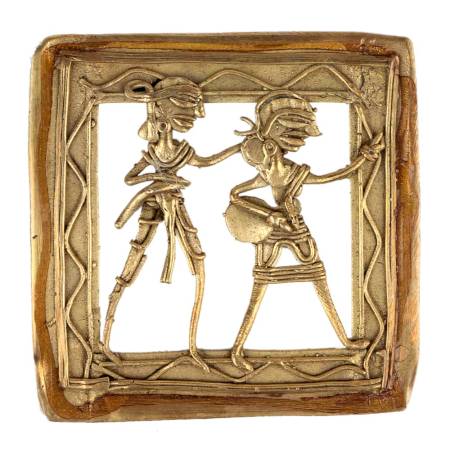
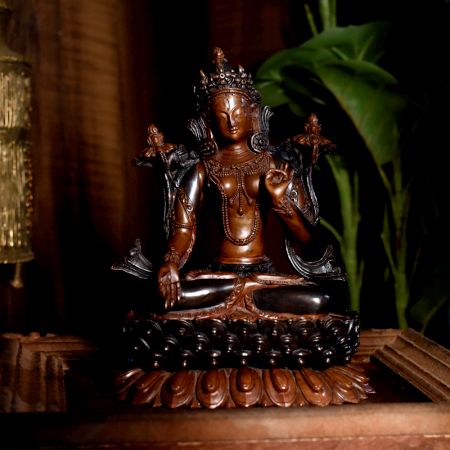
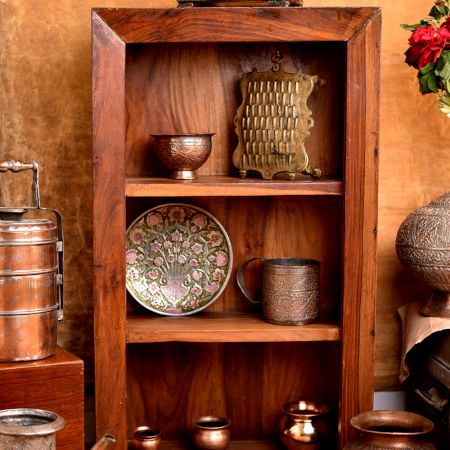
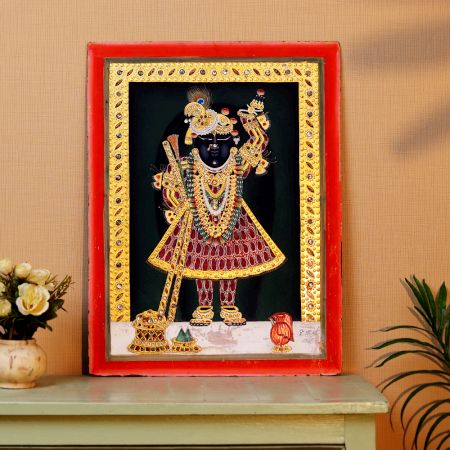
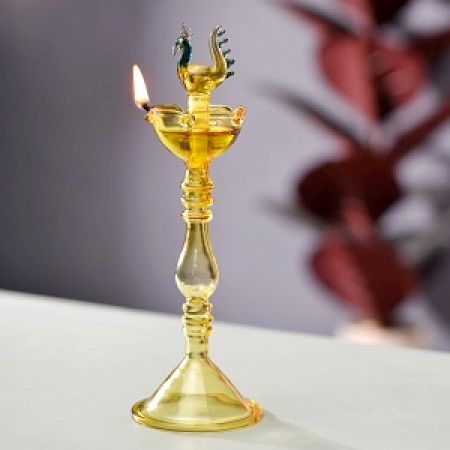
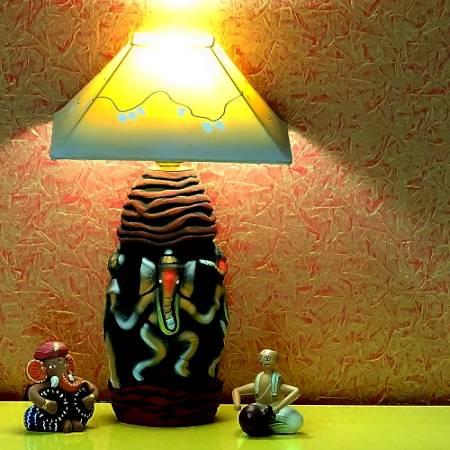
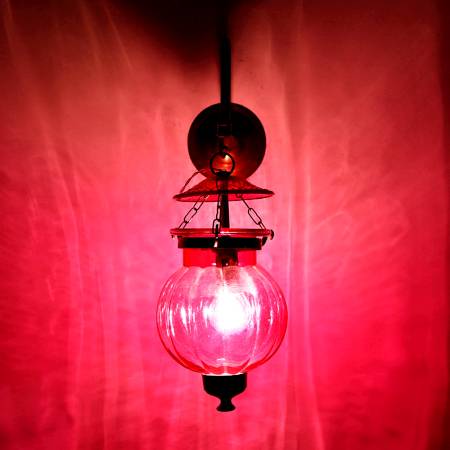

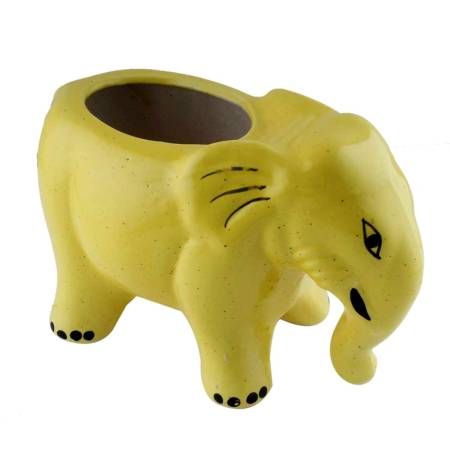
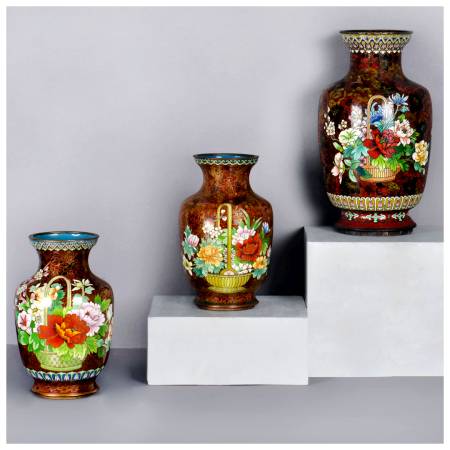
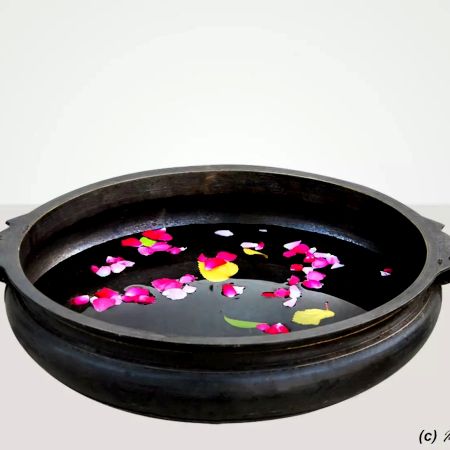
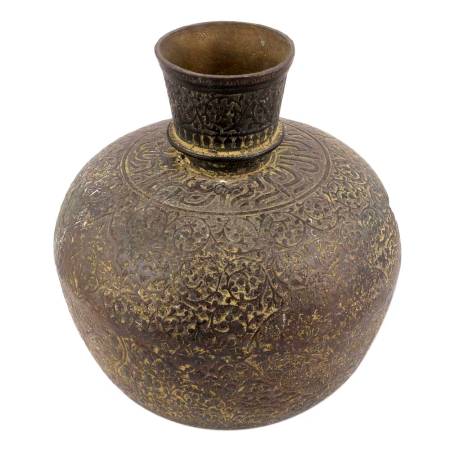
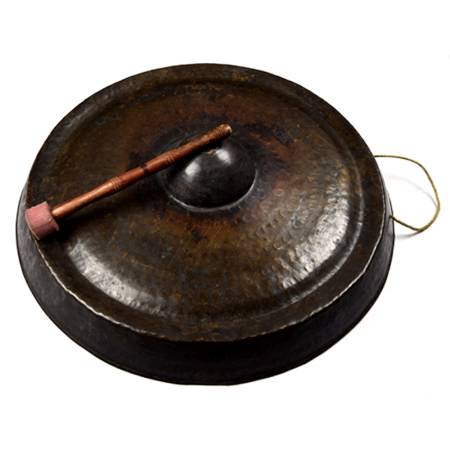

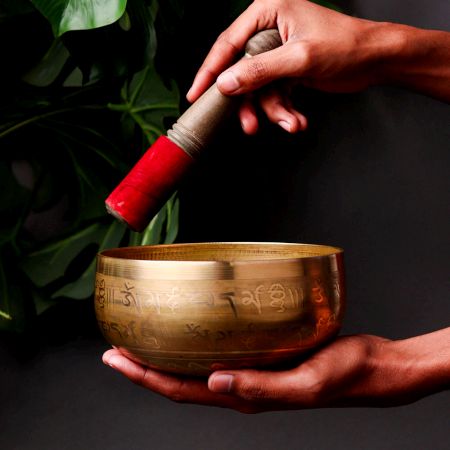
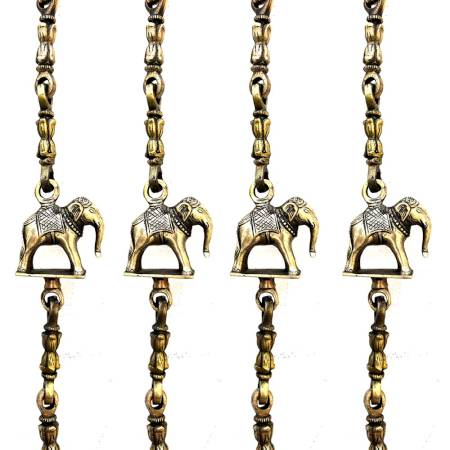
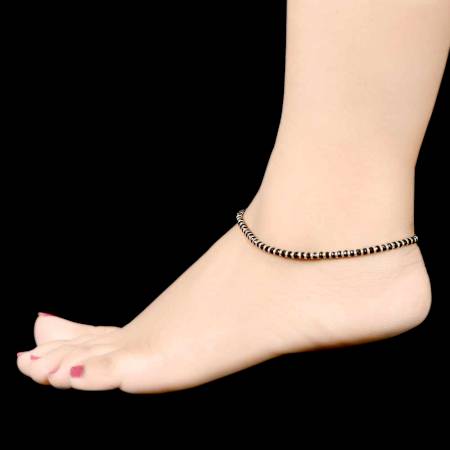
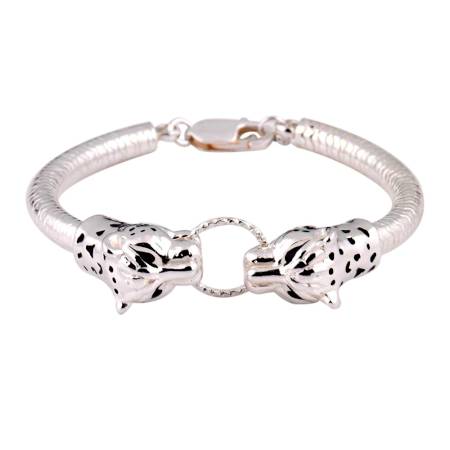
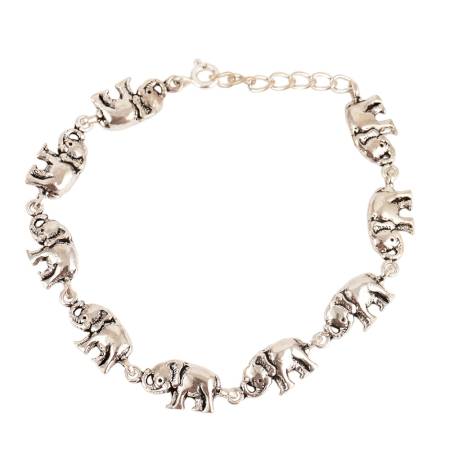
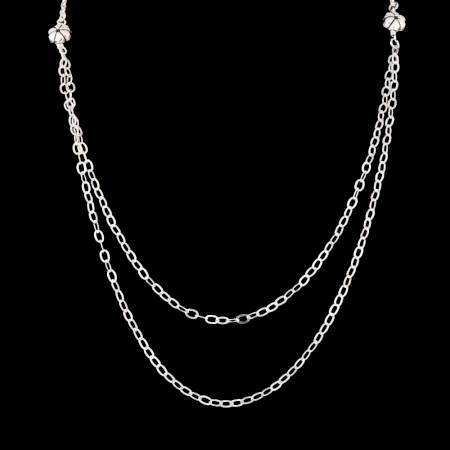
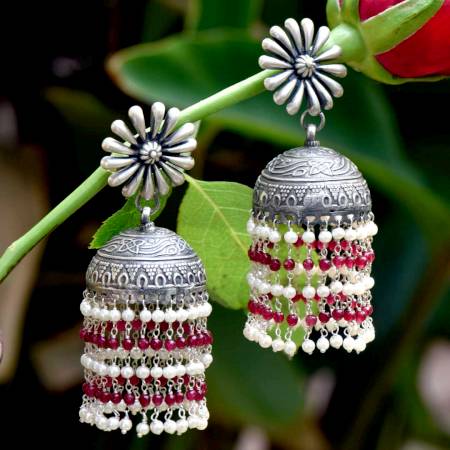
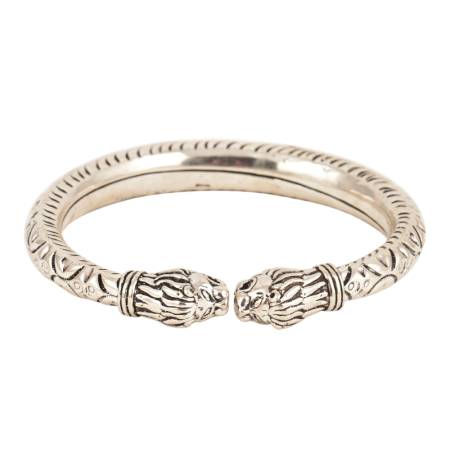
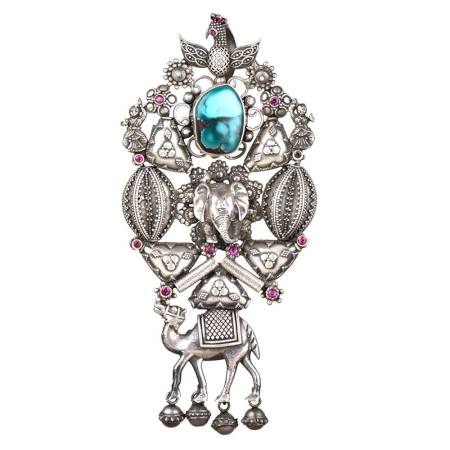
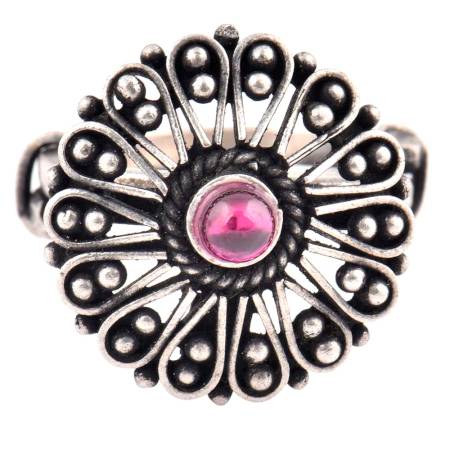
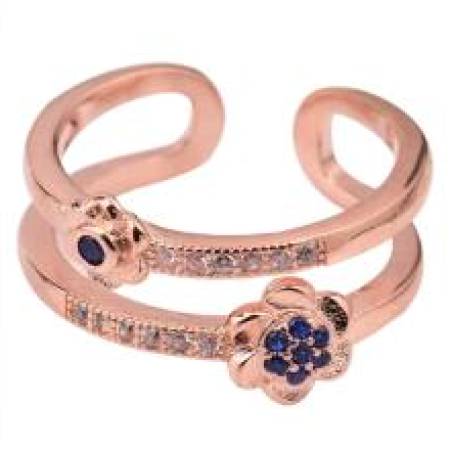
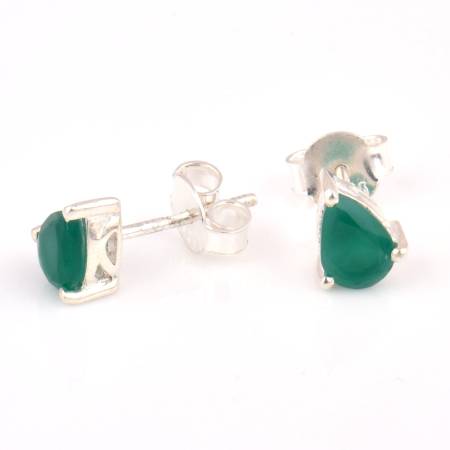

.jpg?ver=1.7)
.jpg?ver=1.7)
.JPG?ver=1.7)
.JPG?ver=1.7)
.JPG?ver=1.7)
.JPG?ver=1.7)
.JPG?ver=1.7)
.JPG?ver=1.7)
.JPG?ver=1.7)
.JPG?ver=1.7)
.JPG?ver=1.7)
.JPG?ver=1.7)
.JPG?ver=1.7)
.JPG?ver=1.7)
.jpg?ver=1.7)
.jpg?ver=1.7)
.JPG?ver=1.7)
.JPG?ver=1.7)
.JPG?ver=1.7)
.JPG?ver=1.7)
.JPG?ver=1.7)
.JPG?ver=1.7)
.JPG?ver=1.7)
.JPG?ver=1.7)
.JPG?ver=1.7)
.JPG?ver=1.7)
.JPG?ver=1.7)
.JPG?ver=1.7)
.JPG?ver=1.7)
.JPG?ver=1.7)
.JPG?ver=1.7)
.JPG?ver=1.7)
.JPG?ver=1.7)
.JPG?ver=1.7)
.JPG?ver=1.7)
.JPG?ver=1.7)
.jpg?ver=1.7)
.jpg?ver=1.7)
.JPG?ver=1.7)
.JPG?ver=1.7)
.JPG?ver=1.7)
.JPG?ver=1.7)
.JPG?ver=1.7)
.JPG?ver=1.7)
.JPG?ver=1.7)
.JPG?ver=1.7)
.JPG?ver=1.7)
.JPG?ver=1.7)
.jpg?ver=1.7)
.jpg?ver=1.7)
.JPG?ver=1.7)
.JPG?ver=1.7)
.JPG?ver=1.7)
.JPG?ver=1.7)
.JPG?ver=1.7)
.JPG?ver=1.7)
.JPG?ver=1.7)
.JPG?ver=1.7)
.JPG?ver=1.7)
.JPG?ver=1.7)
.JPG?ver=1.7)
.JPG?ver=1.7)
.JPG?ver=1.7)
.JPG?ver=1.7)
.JPG?ver=1.7)
.JPG?ver=1.7)
.JPG?ver=1.7)
.JPG?ver=1.7)
.JPG?ver=1.7)
.JPG?ver=1.7)
.JPG?ver=1.7)
.JPG?ver=1.7)
